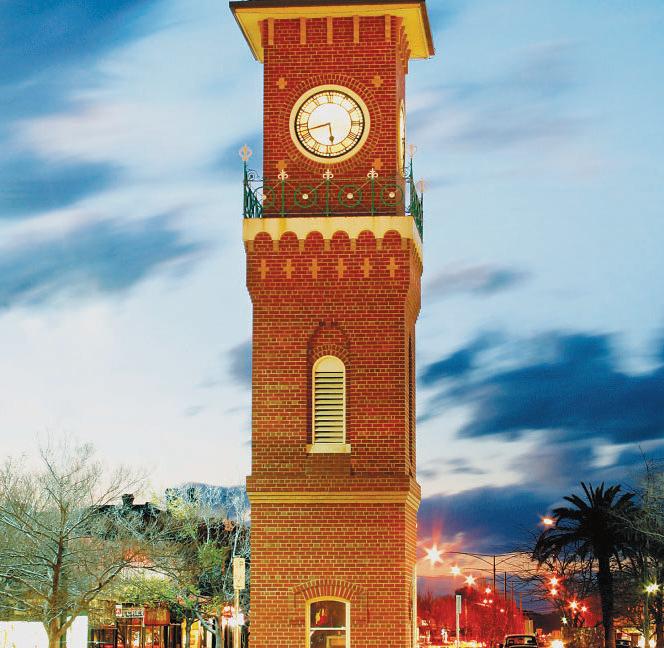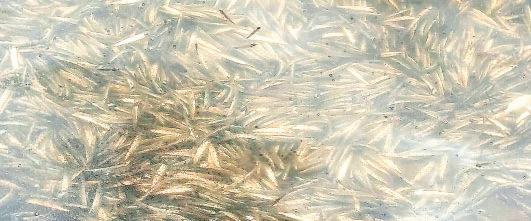
4 minute read
Wrath
www.gippslandtimes.com.au
Something fishy at Loch Sport
Advertisement
From page 1
Several residents of Loch Sport, including Mr Calabro, noted that a “dark patch of water” was visible in Lake Victoria prior to the incident, the cause of which is not known. Officers from the Environment Protection Authority (EPA) and Victorian Fisheries Authority (VFA) have visited Loch Sport to investigate the incident. In a statement to the Gippsland Times, the EPA confirmed that their investigations have concluded and that pollution was not the cause. “Our officers’ field observations indicate that this event is not caused by a pollution event,” the statement read. “There is no visual evidence of pollution in the waters, as well as no visual signs of disease on the dead fish. “EPA are aware of large algal blooms across the Gippsland Lakes recently, it is our assessment that this event is likely caused by natural phenomena. “EPA will continue to monitor for community reports of pollution in the area but oversight of this incident will now transition across to Department of Environment, Land, Water and Planning.” A spokesperson from VFA said that the organisation was “working alongside the EPA and DELWP in response to the fish death event at Lake Victoria, near Loch Sport.” “Fisheries Officers have been on the scene and due to the change in wind direction, any dead fish have now been washed away from the area. “There is currently no visible sign of water quality issues.” The VFA has confirmed that it will continue to monitor the affected area and conduct tests on fish collected from the event.
The dead fish numbered in their thousands. The fish kill has drawn the interest (and appetite) of local birdlife.
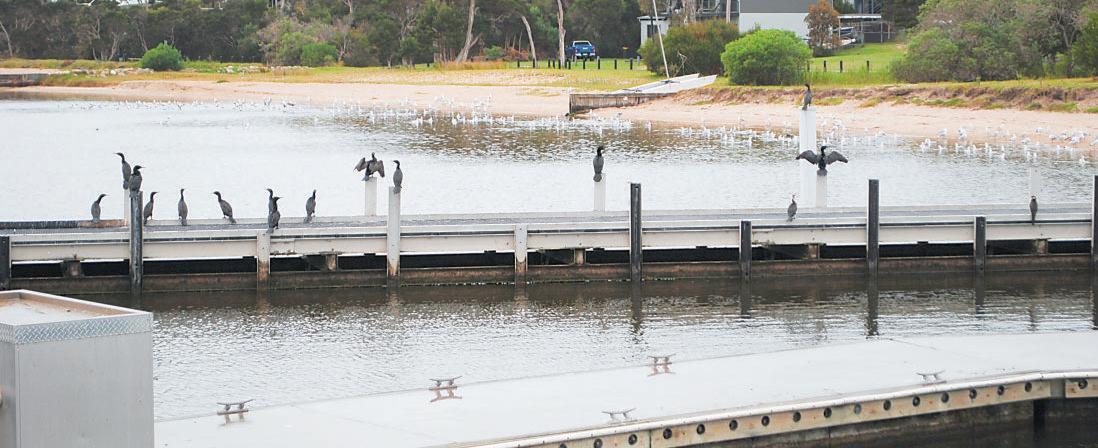
Photo: Tom Parry Loch Sport resident Peter Calabro with his own photo of the fish kill.
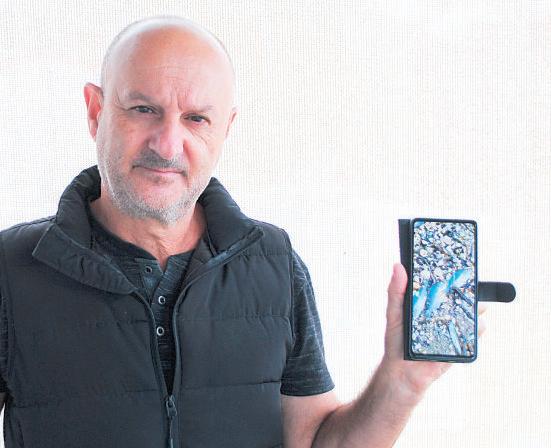
Photo: Tom Parry
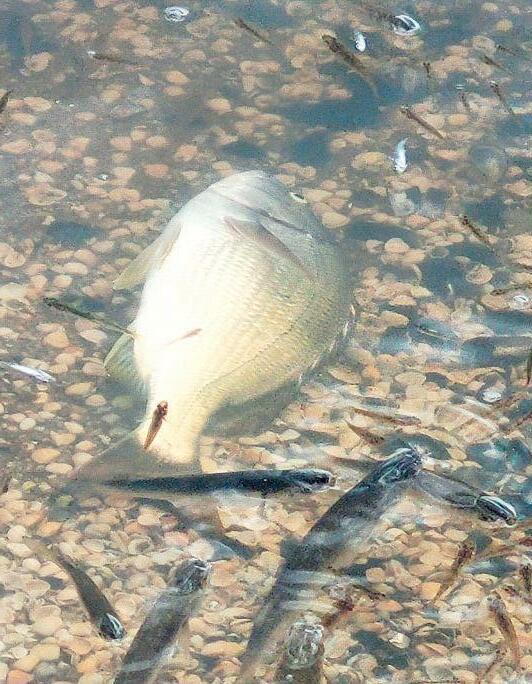
Deceased fish in the shallow water.

Photo: Contributed Photo: Contributed
Asbestos risk remains high
A NEW report into legacy asbestos published last week has revealed high volumes remaining across Baw Baw, Latrobe City and Wellington. The Latrobe Valley Asbestos Taskforce has produced a report that estimates the total volume of legacy asbestos found in workplaces, shops, hospitality venues, health centres and hospitals, community and government buildings, and lightmedium industrial properties including farms. This study complements a 2020 report produced by the Taskforce about asbestos remaining in residential properties across the region. “It is estimated that there is 1.9 million square metres of legacy asbestos-containing materials across the three municipalities studied, which is about the same land area as Melbourne's central business district,” Latrobe Valley Asbestos Taskforce chair and Latrobe Health Advocate Jane Anderson said. “Whilst the most well-known asbestos product, asbestos cement sheet, accounts for 90 per cent of the total volume, it may surprise some to learn that the next highest is found in vinyl products such as vinyl sheets, tiles and adhesives. “Asbestos was used in over 3000 products and that is why all workplaces are required by law to have an asbestos register that identifies where asbestos products are located. This register must be maintained and updated at least every five years.” The previous study undertaken by the Latrobe Valley Asbestos Taskforce into legacy asbestos in residential properties revealed a total of 3.1 million square metres across the same three municipalities, which is significantly higher than the total volume found in this new report into all other buildings. “Asbestos really is more common than we think. It was used widely up until 1990 and it is a concern that it is still in many of our workplaces, our homes, the buildings we frequent every day,” Ms Anderson said. “We all need to do more to understand and protect ourselves from the risks of asbestos exposure, and we need more programs and initiatives to address the challenges we will face into the future as these very large volumes of asbestos products deteriorate and release deadly fibres. “Asbestos causes cancer, and by minimising the risks of asbestos exposure, lives will be saved. It is totally preventable.”






WHY CHOOSE AN INDEPENDENT HEARING PROVIDER?
• Choice of different brands of Devices • Trained staff 5 days a week for
services/basic repairs
• See the same local clinicians
(not visiting from Melbourne)
• High levels of after sales service • Business that supports local sporting
clubs & organisations
Shop 2, 396 Raymond Street,
Sale (Next to Aldi) Call 5144 2311





